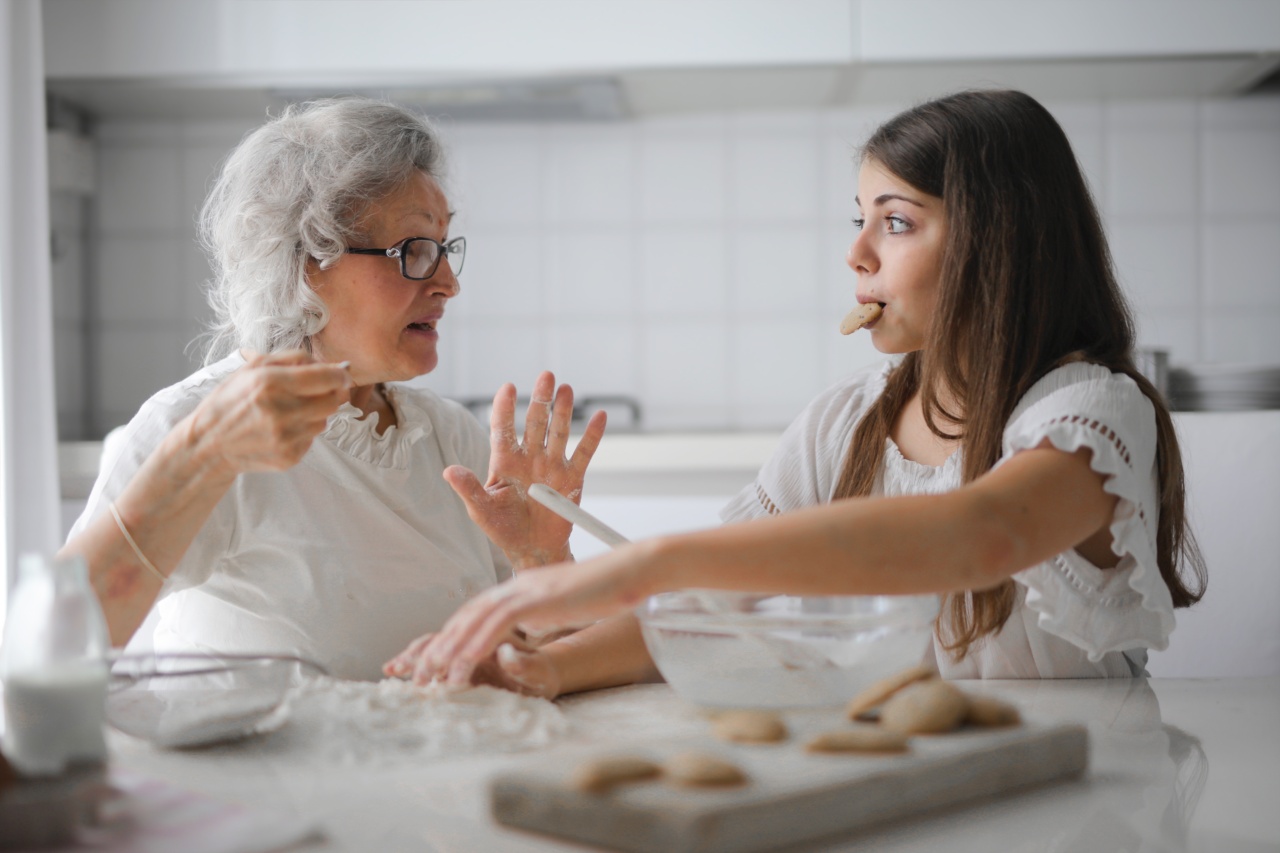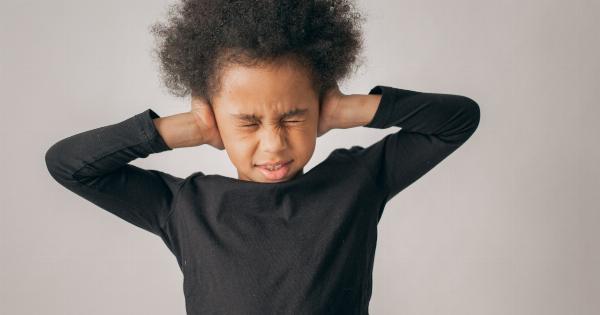As a parent, there is nothing more distressing than witnessing your child suffer a head injury. Bumps on the head can occur due to accidental falls, collisions, or while playing sports.
While most bumps on the head are minor and can be treated at home, it is crucial to know how to handle such situations to ensure your child’s wellbeing. In this article, we will discuss the appropriate steps to take when your child experiences a bumped head, and when it may require medical attention.
Symptoms to Look Out For
Before we delve into the treatment options, it is essential to understand the signs and symptoms that may indicate a more severe head injury. These symptoms include:.
- Loss of consciousness, even for a brief moment
- Persistent headache or a headache that worsens over time
- Vomiting or nausea
- Changes in vision, such as blurred or double vision
- Difficulty balancing or walking
- Seizures or convulsions
- Behavioral changes, such as irritability or confusion
- Clear fluid draining from the nose, mouth, or ears
- Bleeding that does not stop after applying pressure
Immediate Actions
If your child experiences a bumped head, follow these immediate steps to ensure their safety and assess the severity of the injury:.
- Stay calm and reassure your child. Children often look to their parents for guidance during stressful situations.
- Apply a cold compress or ice pack wrapped in a cloth to the affected area. This will help reduce swelling and alleviate pain. Remember to avoid placing ice directly on the skin to prevent frostbite.
- Apply gentle pressure if there is bleeding. Use a clean cloth or sterile dressing to stop the bleeding. If the bleeding persists or is severe, seek medical attention immediately.
- Observe your child closely for any signs of severe head injury. If any of the symptoms mentioned earlier are present, seek medical attention right away.
Home Care and Treatment
For mild bumps on the head that do not exhibit any concerning symptoms, you can provide home care to help your child recover:.
- Keep your child calm and comfortable. Encourage them to rest, as physical activity may worsen the symptoms.
- Offer pain relief medication suitable for their age, such as acetaminophen or ibuprofen, to alleviate any discomfort.
- Ensure your child gets proper rest and sleep. Sleep is crucial for the healing process.
- Monitor your child for any changes in behavior, speech difficulties, or other unusual symptoms. If these occur, seek medical attention promptly.
- Avoid activities that may further increase the risk of injury, such as contact sports or rough play, until your child has fully recovered.
When to Seek Medical Attention
While most bumps on the head heal on their own with home care, certain situations warrant immediate medical attention. It is essential to be aware of these circumstances:.
- If your child loses consciousness, even momentarily, it is crucial to seek medical help right away. Loss of consciousness can be a sign of a more severe head injury.
- If the bump on your child’s head is large, highly swollen, or continues to increase in size, it may indicate a more significant injury that requires medical evaluation.
- If your child exhibits persistent vomiting, which could be a sign of increased pressure within the skull.
- Any changes in behavior, balance, or coordination should not be taken lightly and require medical attention.
- If the symptoms mentioned earlier worsen or do not subside after a day or two, it is important to consult a healthcare professional.
Preventing Bumps on the Head
Prevention is always better than cure when it comes to head injuries among children. Here are some preventive measures you can take:.
- Childproof your home to minimize the risk of falls. Use safety gates, secure furniture to walls, and cushion sharp corners or edges.
- Teach your child to be cautious during play, especially when participating in sports or other physical activities.
- Ensure your child wears appropriate safety gear, such as helmets, when participating in activities that involve a risk of falls or head injuries.
- Supervise your child closely when they are playing, particularly in areas where accidents are more likely to occur, such as playgrounds or near water bodies.
- Teach your child to walk and run cautiously, emphasizing looking ahead and avoiding potential hazards.
In Conclusion
While bumps on the head are a common occurrence among children, it is crucial to assess the severity of the injury and provide appropriate care.
By staying calm, immediately applying cold compresses, and observing your child for concerning symptoms, you can efficiently manage most cases of bumped heads at home. However, always trust your instincts as a parent and seek medical attention when necessary. With vigilance and preventive measures, you can ensure your child’s safety and reduce the risk of head injuries.





























